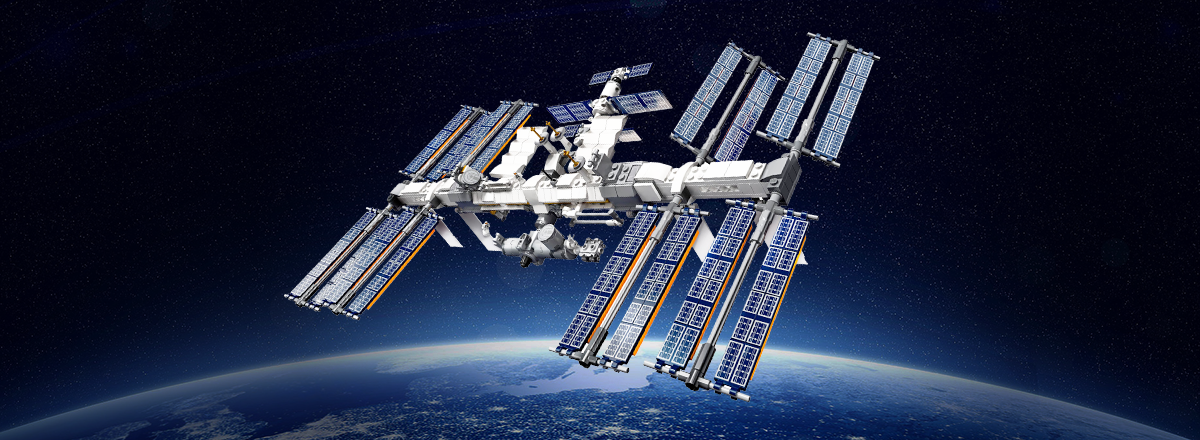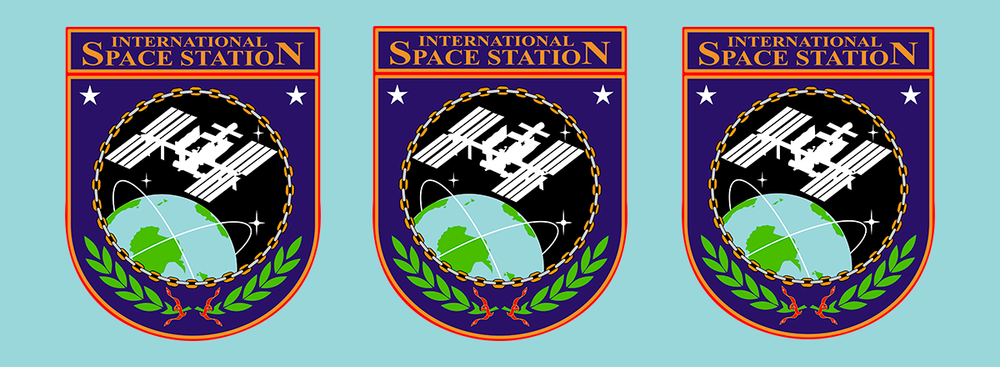On Tuesday, NASA announced that astronauts aboard the International Space Station carried out an “avoidance maneuver” to make sure the station does not get hit by “unknown space debris.”
The station is preparing to avoid a piece of unknown space debris being tracked by @NASA_Johnson flight controllers and @US_SpaceCom. The Exp 63 crew has relocated to its Soyuz crew ship. The time of closest approach is 6:21 pm ET. More... https://t.co/vGPOoaEptb pic.twitter.com/uMRctPukN2
— Intl. Space Station (@Space_Station) September 22, 2020
The three Expedition 63 crew members had to shelter in the Soyuz spacecraft so they could evacuate during the maneuver if necessary. After the maneuver was completed, the US and Russian segments of the station were able to get back to their normal activities, and no crew member was harmed during the procedure. The operation took two and a half minutes in total, and the time of the closest approach was 22.21 GMT.
“Manoeuvre burn complete. The astronauts are coming out of safe haven,” NASA administrator Jim Bridenstine reported on Twitter.
A piece of orbiting debris was, in fact, a piece of a 2018 Japanese rocket, astronomer Jonathan McDowell said on Twitter. Last year, it broke up into 77 pieces, which are now orbiting the Earth.
To avoid collision, the International Space Station used the thrusters of a cargo ship that was docked to it. Also, Russian and US flight controllers worked together to change the trajectory of the spacecraft.
The debris object that ISS avoided is now available on SpaceTrack as 2018-084CQ, 46477, from the breakup of Japan's H-2A F40 rocket stage. At 2221:07 UTC it passed within a few km of ISS at a relative velocity of 14 6 km/s, 422 km over the Pitcairn Is in the S Pacific pic.twitter.com/2T3yFQoFMT
— Jonathan McDowell (@planet4589) September 22, 2020
It is necessary to perform this kind of maneuver on a regular basis, though. NASA said that such maneuvers had occurred 25 times between 1999 and 2018.
The International Space Station usually orbits 420km above the Earth at a speed of 27,568km/h. And even the smallest object can seriously damage the part of the station like solar panels at such a velocity. So, even though the debris were several kilometers away, the trajectory of the ISS was changed to move it further from the piece of orbiting debris and avoid collision.

However, NASA warns that the space junk issue is getting worse as low Earth orbit is littered with pieces of spacecraft, parts of satellites and rockets that are no longer in operation, and other objects launched into space over the last 60 years.
This is the third time the International Space Station avoids a collision with space debris this year.
The @Space_Station has maneuvered 3 times in 2020 to avoid debris. In the last 2 weeks, there have been 3 high concern potential conjunctions. Debris is getting worse! Time for Congress to provide @CommerceGov with the $15 mil requested by @POTUS for the Office of Space Commerce.
— Jim Bridenstine (@JimBridenstine) September 22, 2020














